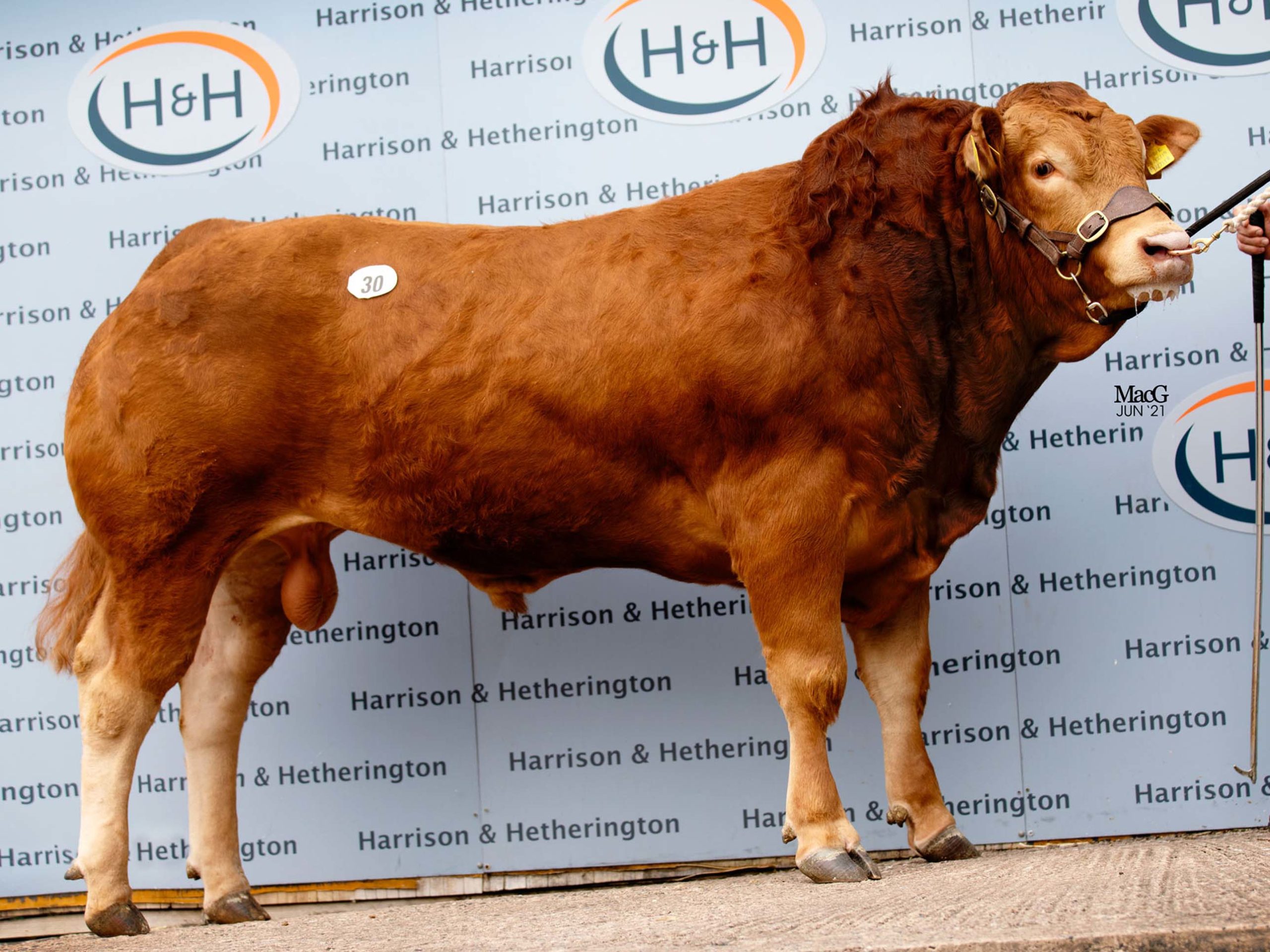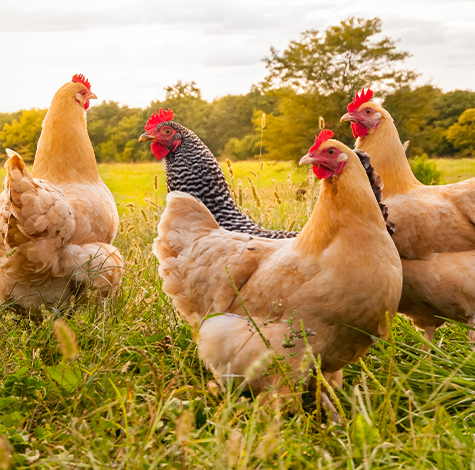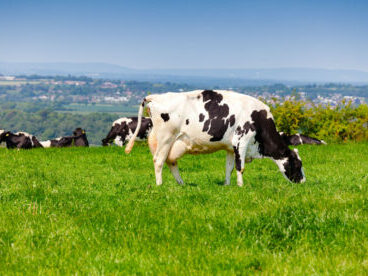Increase milk from forage through precision feeding
The promotion of efficient use of grass by precision feeding can help dairy producers increase milk from forage, with high purchased feed prices putting pressure on margins, explains nutritional supplement manufacturer UFAC-UK.
“With plenty of forage on most farms this season, margins can be achieved by ensuring optimal DMI,” explains UFAC-UK ruminant technical manager Mike Chown.
Mr Chown advises farmers to focus on what they want the cows to achieve, and consider how they can harness seasonality benefits alongside the nutritional supplementation required to support grazing, if they are to maximise the price received from contracts and increase margins.
“We want cows to graze efficiently and to milk in a way that can achieve those best returns, through a combination of good quality milk and hitting the profile,” he explains.

“To maximise forage DMIs, we first need to know what we are feeding, so we should regularly analyse all forages, and balance them with the correct nutrients, such as sugar, starch, rumen protein, by-pass protein and rumen inert fatty acids,” explains Mr Chown.
“We must ensure speed of break down in the rumen is matched, while at the same time, paying attention to acid loading and rumen pH. This will optimise rumen microbes to promote fibre digestion and intakes, most cost-effectively,” he adds.
Once microbial protein and VFAs (volatile fatty acids) from the rumen have been optimised, Mr Chown says adding ‘little bombs’ high in the specified nutrients, such as rumen inert/bypass proteins and fatty acids, will help meet the cow requirements. Forage rations are typically low in these.
“When doing this, it is important that every purchased feed is most cost-effective for the nutrient it is contributing to, for example, not just looking at crude protein, but also looking at the cost of rumen degradable and rumen undegradable protein such as amino acids,” continues Mr Chown.
“Finally, we need to keep cows healthy and fertile and meet her specific requirements through her production cycle, so when looking at cutting feed costs, we need to ensure we target the correct animals and look after the transition and early lactation cows until confirmed in calf,” says Mr Chown.
Mr Chown says suitable adjustments and additions to dairy diets can have a big impact on performance, health and fertility, and therefore margins.
“If you feed for a return, then correctly balanced fat supplements have an essential place in diets, particularly as maintaining milk quality, fertility and mobility can be a challenge when cows are at grass,” he adds.


 Back to News
Back to News 



